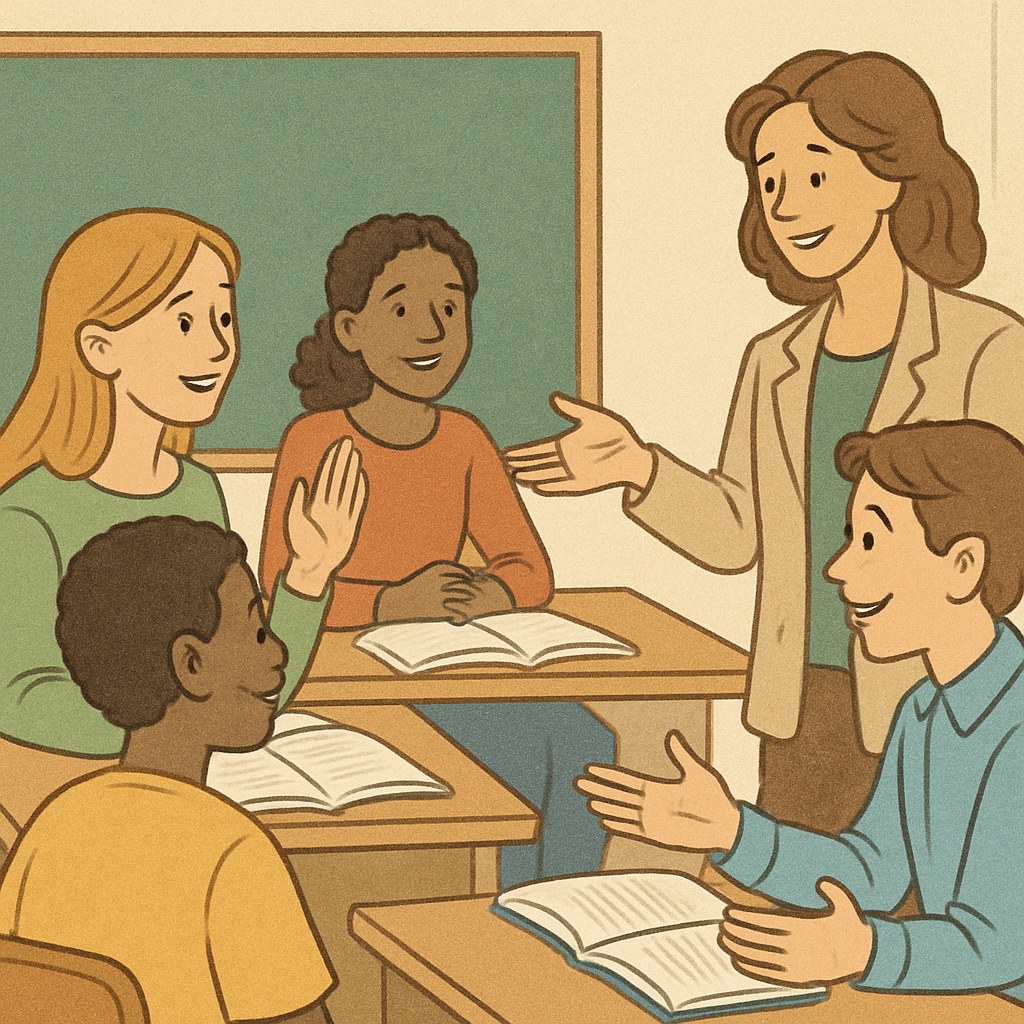In the world of education, small gestures can have profound effects. A heartfelt “thank you” from a student can transform a teacher’s day, reminding them why they chose this noble profession. Student gratitude, teacher impact, and emotional connections form the foundation of a rewarding educational journey. When students genuinely express appreciation, it creates a ripple effect, enriching the lives of educators and building stronger, more empathetic relationships.
The Emotional Power of Gratitude in Education
Gratitude, though simple in expression, carries immense emotional weight. For teachers, these moments of appreciation validate their tireless efforts, reinforcing their commitment to nurturing young minds. Research shows that emotional connections in education improve both academic outcomes and personal satisfaction for students and teachers alike (Emotional Intelligence on Britannica).
Imagine a teacher receiving a handwritten note from a student who struggled with a concept but finally mastered it due to their guidance. Such moments can reignite passion for teaching, reminding them of the profound influence they have on their students’ lives. In addition, these moments help teachers feel seen and valued, combating burnout and enhancing their overall well-being.

Building Bridges Through Emotional Connections
Effective education is not solely about imparting knowledge; it is also about creating emotional connections. When teachers actively listen to their students and recognize their struggles, they foster mutual respect and understanding. This approach builds trust, enabling students to feel comfortable seeking help and expressing themselves.
Moreover, emotional connections enhance learning outcomes. Teachers who connect emotionally with their students often inspire them to work harder and develop resilience. These connections transcend academics and teach students valuable life skills such as empathy, communication, and collaboration (Social Emotional Learning on Wikipedia).

The Role of Gratitude in Teacher Motivation
Gratitude can serve as a powerful motivator for teachers, encouraging them to continue investing in their students’ growth. When educators feel appreciated, they are more likely to go above and beyond, creating engaging lesson plans and supporting students outside of the classroom. As a result, the entire educational environment becomes more dynamic and nurturing.
For example, a simple “thank you” after a tough exam or a note expressing appreciation for a teacher’s support during a challenging time can lead to renewed enthusiasm and creativity. These acts of gratitude highlight the importance of recognition in the workplace, particularly in emotionally demanding roles like teaching.
Fostering Gratitude: A Two-Way Street
While students expressing gratitude is vital, teachers also have a role in cultivating an environment where appreciation flourishes. By modeling gratitude, educators can show students how to acknowledge others’ efforts and express their own feelings. Simple practices, such as thanking a student for their participation or recognizing their progress, can set a precedent for mutual appreciation.
Schools can also create initiatives that encourage gratitude, such as student-teacher appreciation events or gratitude journals. These practices not only enhance emotional connections but also contribute to a positive and inclusive school culture.
In conclusion: Student gratitude, teacher impact, and emotional connections are intricately linked, shaping the educational experience for both parties. A simple “thank you” can go a long way in bridging gaps, fostering mutual respect, and enhancing the emotional well-being of educators. As a result, both teachers and students can thrive in an environment built on appreciation and understanding.


